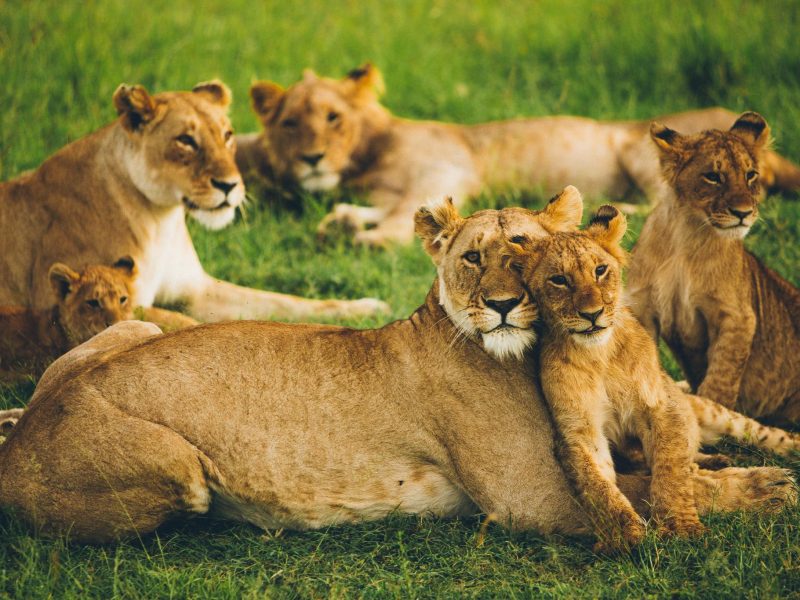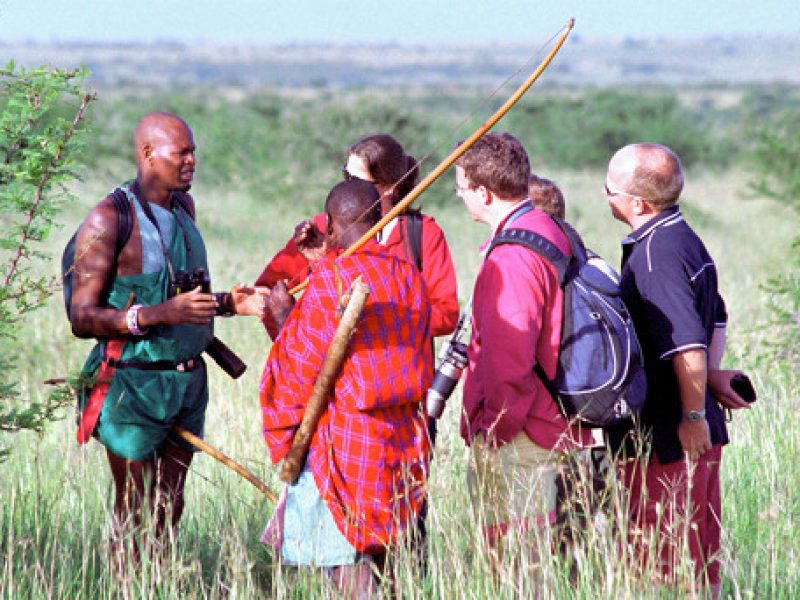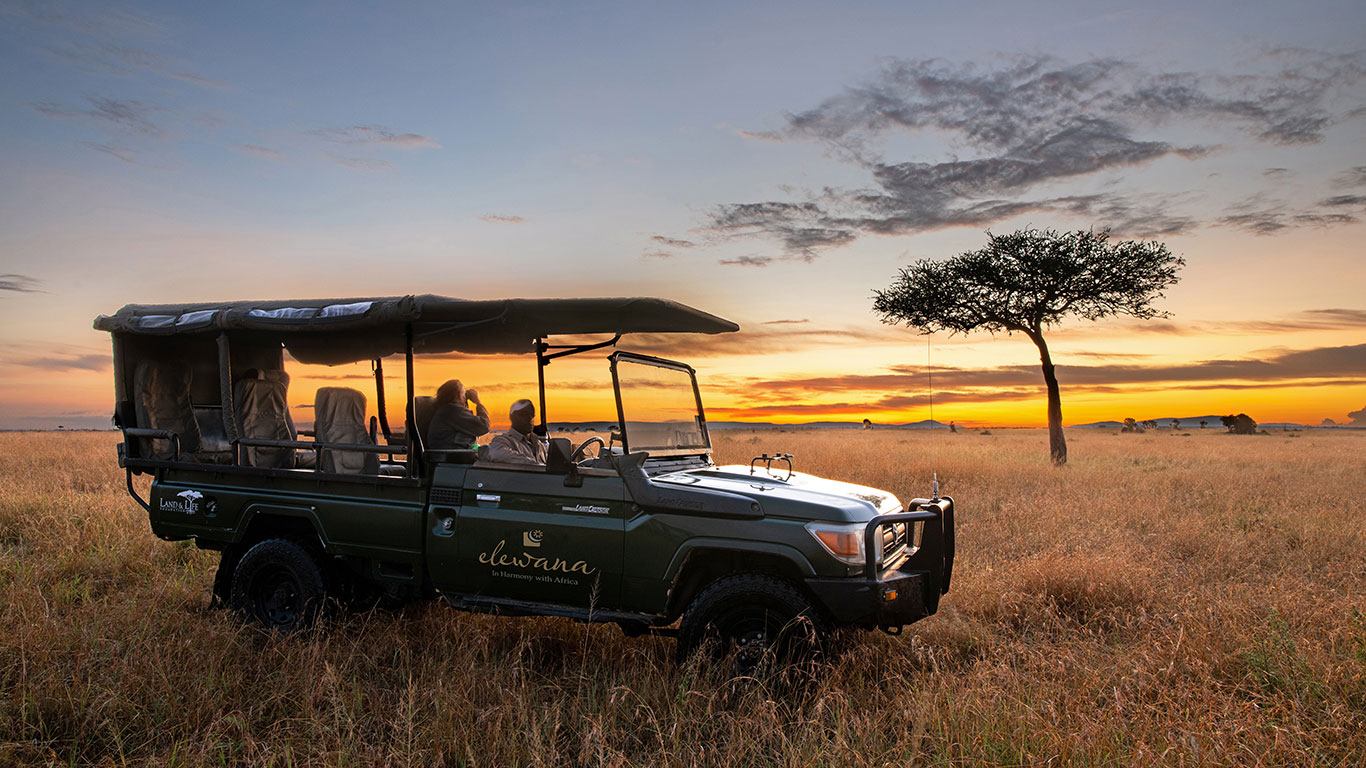The Maasai people have occupied the savannah grasslands of Southern Kenya for centuries. Their lifestyle and their warriors (morans) have kept the rangelands free from settlement by other communities, and the Maasai people’s taboo against eating wild animals, combined with 2 rainy seasons a year have allowed the wildlife to flourish.

In the early days of tourism in Kenya (1960s), the Maasai Mara National Reserve was established in these lands, where visitors could come and photograph the teeming masses of wildlife. Keekorok Lodge was the first lodge to be built in the Reserve, allowing visitors to overnight in the Reserve.
In 1968, the Land Act was passed, establishing Group Ranches in the greater Mara ecosystem, where large tracts of land adjacent to the Reserve, were allocated to local communities who were supposed to manage the number of cattle on the land, and earn revenue from beef production and the sale of cattle.
This led to huge increases in livestock numbers and consequently over grazing of the land. Now there was pressure to subdivide the land further and issue title deeds to individual owners. This was done in some areas, but there was a concern that this would lead to the loss of wildlife habitat.
Therefore, some Maasai leaders came together with private sector investors to create conservancies along the borders of the Reserve, with strict guidelines on their management.
So what does this mean for the tourist visiting the Mara? These are the advantages of staying in the conservancies:
- Low density tourism is practiced with the formula of one tent per 700 acres, with a limit of 12 tents per camp so the conservancies are much less crowded
- There is no human settlement, homestead or livestock boma in the conservancy, so it is a purely wildlife viewing experience.
- Only 5 vehicles are permitted per wildlife sighting putting less pressure on the individual animal and giving you excellent sightings.
- No tree cutting, cultivation or ploughing is allowed in the conservancies so as to allow the land to regenerate so you are staying in a pure wilderness.
- There is virtually no poaching in the Conservancies.
- There is more emphasis on the safari experience with qualified Maasai guides holding KPSGA certification (Kenya Professional Safari Guides Association).
- Camps use eco-friendly solutions like solar energy, sewage management, refuse disposal etc, all of which are certified by Eco Tourism Kenya
- There is a high density of wildlife in the conservancies with the highest concentration of lions in Africa.
- Day visitors are not allowed into the conservancies for game drives so you will not find crowds of minivans during your game drives.
- In addition to game drives, you can do guided walks, bush meals and night game drives, all of which are not possible in the main Reserve.
 Off road driving is allowed in the conservancies, thus allowing you to get closer to the game.
Off road driving is allowed in the conservancies, thus allowing you to get closer to the game.- You can still visit the main Reserve for game drives as most camps include a full-day visit to the Mara Reserve during the migration season
- As most of the staff working in the Camps are recruited from the local Maasai tribes, you will have daily contact with them, thus adding a cultural element to your stay.


Comment (0)